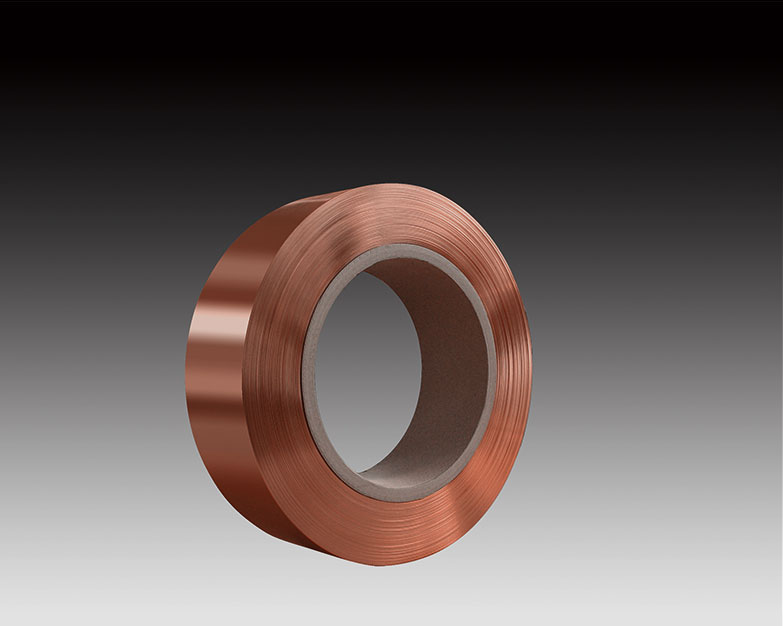

The copper strip galvanic corrosion test evaluates the corrosion of hydrocarbon liquids at room temperatures. It's an objective test according to the ASTM guidelines when compared to a group of ASTM test standards when comparing a copper strip coupon to a similar group of ASTM test standards. A copper strip is comprised of two pieces of metal, a surface and a backing material. The copper strip is then attached to a galvanizing machine and heated to a specific temperature, which is determined in the manufacturer's instructions.
The galvanized strip is left to cool and is then removed from the machine to allow the copper surface to dry between the backing and the aluminum oxide coating. It is then measured and placed on a piece of paper so that the galvanized strip can be easily viewed. A sample of a coating or paint applied to the copper strip is placed on a different piece of paper so that the thickness of the paint or coating can also be measured. The thickness of the paint or coating will determine how effectively the copper strip was coated.
The galvanized copper strip has proven to be one of the most accurate tools in determining the effectiveness of the coating. The results show whether or not the coating is effective at preventing corrosion, which indicates whether or not the coatings are effective at preventing or slowing corrosion. This is useful for the manufacturing industry as well as the government because it's easier to find products that will prevent corrosion and thus reduce manufacturing costs.
The copper strip corrosion testing measures the corrosion of hydrocarbons liquids. It's an objective test in comparison to a set of ASTM standards when compared to several discolored copper coupons. The strip is composed of copper strips that have been coated with a protective coating made of zinc. Each strip is made of about two thousand six hundred copper oxide patches. These patches are chemically bonded together to form a thin film covering over the copper foil. This coating is an effective barrier against corrosion, which helps in maintaining the integrity and strength of the strips.

To start the corrosion testing, the copper foil is then placed under low pressure in order to create a flow of hydrocarbons. Under these conditions, the copper foil begins to corrode under normal conditions. As soon as the copper foil starts to rust, the copper foil is dipped into a solution made of a mixture of water, aluminum chloride and iron chloride, and allowed to sit for about ten minutes. After the dip, the strips are then exposed to hydrocarbons at normal atmospheric conditions. Once the hydrocarbons start to eat away at the copper foil, the corrosion starts to occur. Once the testing is complete, the strip is then inspected for any discolorations.
The strip will begin to develop discolored areas, especially around the edges and near the tip where the copper foil was exposed to hydrocarbons. The strip will also start to crack, exposing the copper strips to further corrosion. The copper strip is usually left to oxidize and become red. The copper strips are then inspected by a third party, usually a qualified laboratory, to determine whether or not the copper strip can be classified as contaminated and to test for copper levels.